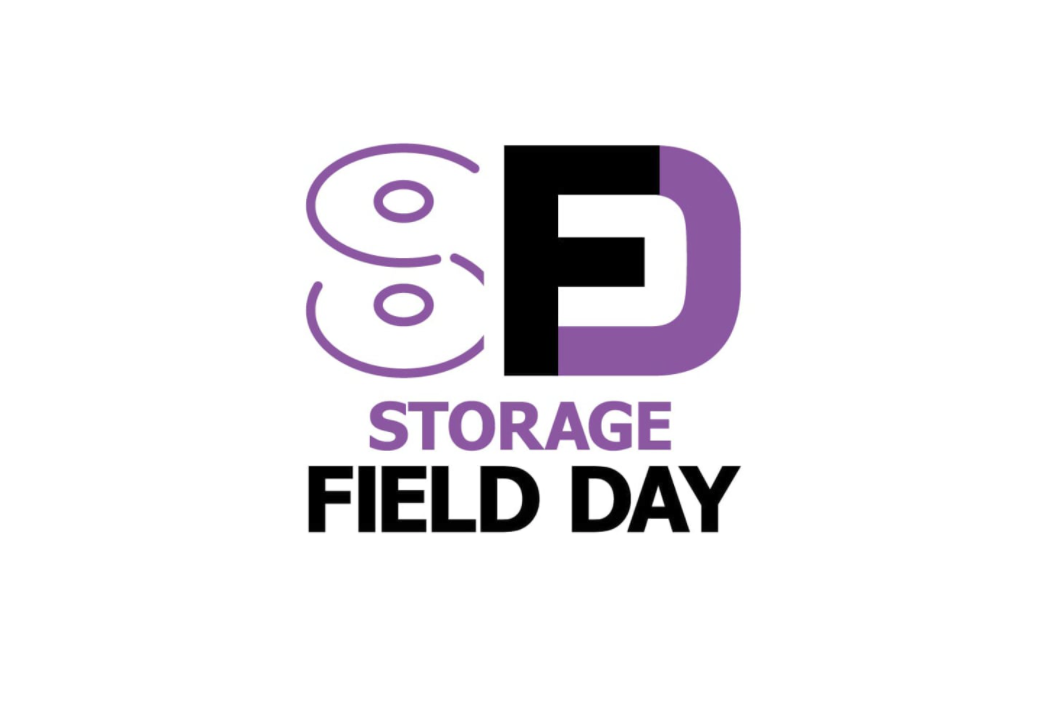Storage Field Day Session #3: Innovation at MinIO

This is going to be a relatively short post because the good stuff is really in the video, courtesy of Daniel Valdivia and AB.
The summary is that MinIO has a ridiculously talented engineering team that has been together for more than a decade. Many of them were part of the Gluster team and have forgotten more about file systems than most people will ever know.
The fact that they did an object storage startup next should tell you something.
The talent and the camaraderie of this team are what make MinIO so dangerous. MinIO is a veritable factory for innovative new features. Not cookie cutter, me-too features, but truly innovative approaches. Inline erasure coding that takes advantage of SIMD instruction sets, bitrot protection, and security that exceeds even what Amazon offers.
We had to be judicious here and concentrate on a handful of innovations, but it wasn’t easy to leave out Key Encryption, our Sidekick load balancer, object locking and immutability, active-active multi-site replication and dozens of other worthy features. Still, we only had an hour and half so you will have to read the blog posts.
In this section, we go a little deeper on VMware. Again, to try and paraphrase AB’s insight here is self-defeating—you will get far more from watching the session itself. We discuss the challenges VMware faced, what they built, where we fit and why vSAN Direct is such a win for an object store that can take advantage of direct access to the disk.
AB’s wisdom is followed by a superb demo—like we said before, this section is for watching, not reading.
We transitioned from VMware to Graphical User Interfaces. Working alongside VMware over the past few months has taught us a lot about the IT admin perspective. One of the lessons learned was that IT admins appreciate a clean, functional interface, so we built one. You will need to check it out to see how slick it actually is.
The last section in this segment involved the MinIO Subscription Network, or SUBNET. SUBNET is the commercial engine of MinIO. It is how production instances of MinIO are consumed, from startups to the most valuable technology companies in the world.
SUBNET combines a commercial license (important for the AGPLv3 obligations) with a unique support model that delivers 24/7/365 direct-to-engineer support through a MinIO-built portal that combines the best of Slack and Zendesk into an issue resolving machine. There are a number of other features including security and architecture reviews, access to the Panic Button and indemnification, but the core function is to transmit our expertise to our clients for large scale data infrastructure solutions.
We shared some stats around SUBNET with the goal of driving home the point that SUBNET succeeds because of simplicity. Simplicity in our software. Simplicity in our approach (if you recall from Session #1, we only do one thing, object storage, and aim to do it better than anyone else). Also, automation. Lots of automation.
It seems we disappointed our delegates here based on our Twitter timeline. They wanted customer counts and names. We aren’t giving those but can tell you we are closing in on 100 customers.
The star of the demo, however, is SUBNET Health. This is a new feature (shhh) that proactively alerts our customers to issues in their MinIO deployments. These issues could be related to security, performance, hardware, load balancing—the list is too long to catalog here (hint: get a demo). This will be a game changer going forward and we will continue to invest in automation and diagnostics so we can continue to scale the experience on our way to 1,000 customers.
We strongly encourage you to reach out to understand SUBNET in more detail. If it can help even our most sophisticated clients, we think it can help you.
Here is the gold:
